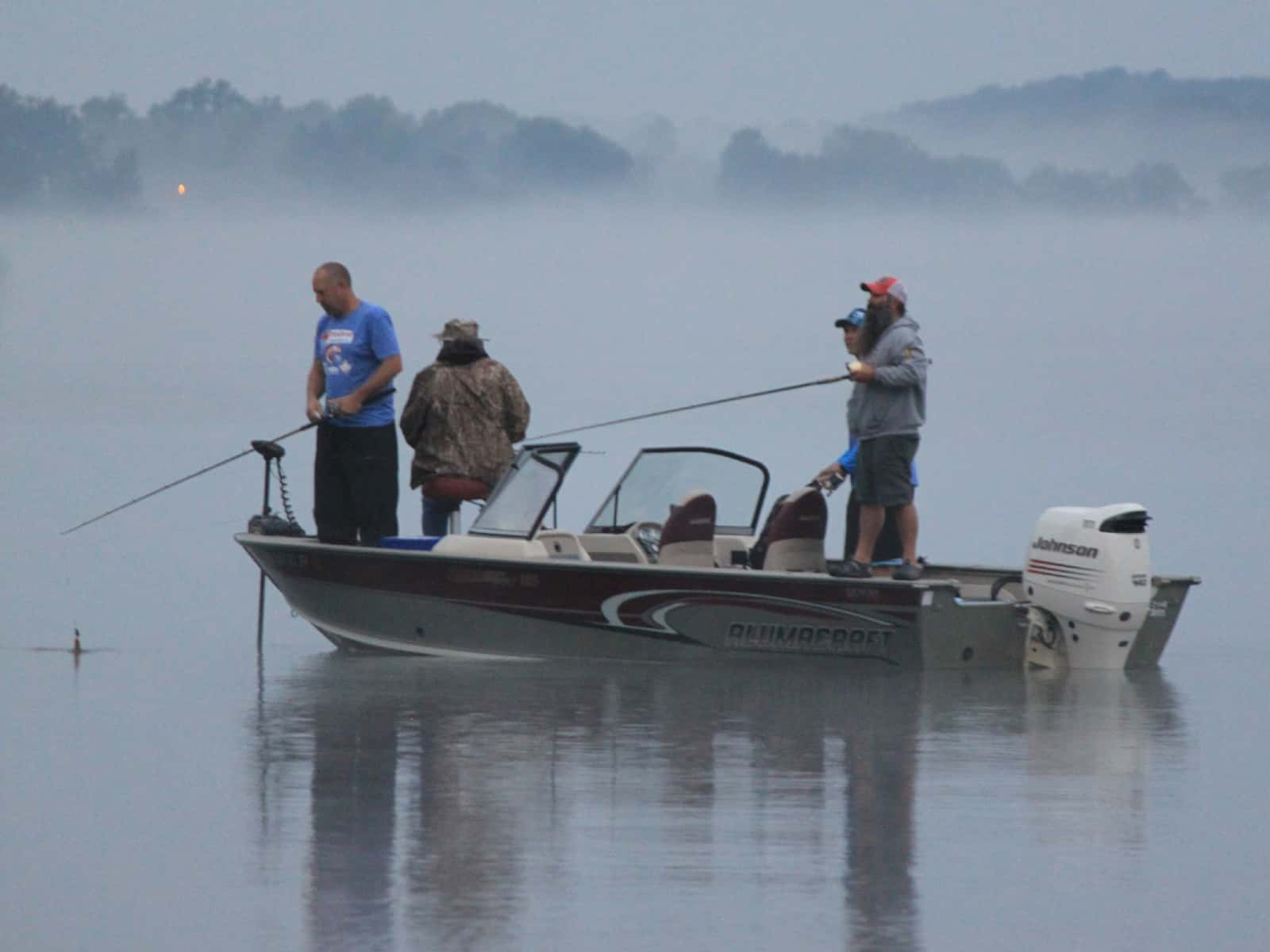
Funds from the LWCF help develop and maintain access to fishing waters along with parks managed by various levels of government, opening up the outdoors to people, an obvious benefit in recent challenging times. Simonson Photo.
By John Bradley, NDWF Executive Director
Numerous vulnerabilities in our economic and healthcare systems have come to light the last few months during the COVID-19 pandemic.
But the crisis has also highlighted just how much Americans love—and need—to connect with nature on our public lands. Across the country, people have been flocking to local, state, and national parks – so much so that many parks had to be closed because social distancing could not be practiced. North Dakotans are lucky that we can responsibly find peace outdoors on our cherished lands and waters. Safe and easy access to the great outdoors is a privilege we cannot take for granted.
And while I’m sure many have spent time bingeing Netflix shows (no judgement, I watched Tiger King too), the time spent outside with family will be the memories that we remember after the COVID-19 crisis is over.
There is indeed a deep hunger to get outside every day for our physical and emotional well-being during the pandemic, but it is a trend that was growing even before the virus hit. The outdoor recreation industry has been booming: generating $887 billion in consumer spending, creating 7.6 million jobs and providing cities and states with nearly $60 billion in tax revenues annually.
As it happens, Congress is considering a plan that would tie together all of these benefits: generate new jobs, create new opportunities for recreation and provide fuel for state and local economies. It’s called the Land and Water Conservation Fund (LWCF) and for more than 50 years it has helped create and maintain parks, hiking and biking trails, baseball fields, boating access and so much more in nearly every county in the United States.
The Land and Water Conservation Fund is entitled to receive $900 million every year — derived entirely from offshore oil revenues. Unfortunately, only twice in its history has the fund ever received that full amount. Too often money has been diverted for non-conservation projects.
The Land and Water Conservation Fund has helped support some of this nation’s most beloved public places: from the Acadia National Park in Maine to Joshua Tree National Park in California and thousands of places big and small in between. Here in North Dakota, we have received approximately $74 million over the past five decades, protecting places such as the Fort Union Trading Post National Historic Site and the Knife River Indian Villages National Historic Site and projects in the Dakota Prairie Grasslands. It’s hard not to Imagine what additional parks, trails, and wildlife areas we’d be enjoying right now if only LWCF had been fully funded over the past 55 years.
Last year, Congress voted to permanently reauthorize the program, and just before the pandemic hit, lawmakers were poised to permanently fund it so it can reach its full potential. So now, when Congress is rightly focused on how to stimulate the economy, many leaders are realizing that one of the solutions is right in front of them. Across the country there are thousands of shovel-ready projects just waiting for LWCF funding. These projects will provide real jobs in restoration, construction, and conservation. That in turn will provide additional opportunities for American families to get outside to hike, bike, camp, hunt, and fish and pursue other outdoor recreation passions. According to the Trust for Public Land, every dollar invested in LWCF returns at least $4 in economic benefits. For an investment of $900 million, that is a $3.6 billion return.
While Congress is passing large stimulus packages, it is easy to overlook the importance of conservation. But now is exactly the time to make this investment in conservation and restoration to begin the economic healing from the pandemic.
Providing full and permanent funding for the Land and Water Conservation Fund will produce jobs for the unemployed, provide new parks and hiking trails for our health and well-being, and stimulate our local economies with new recreation opportunities for generations to come.

